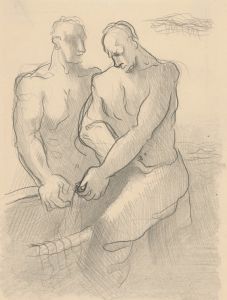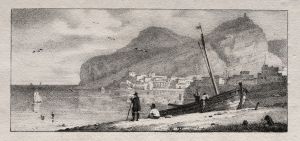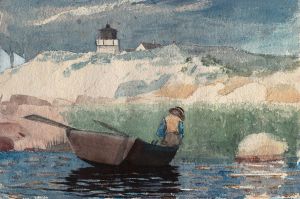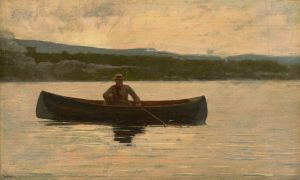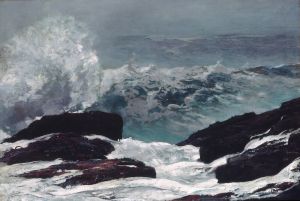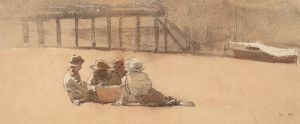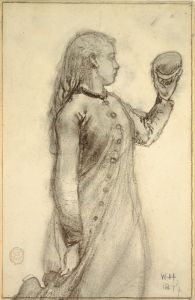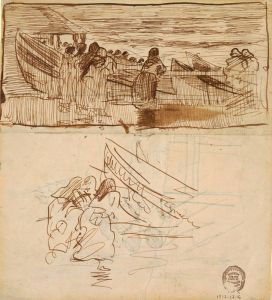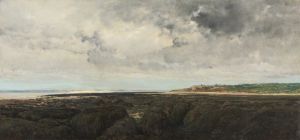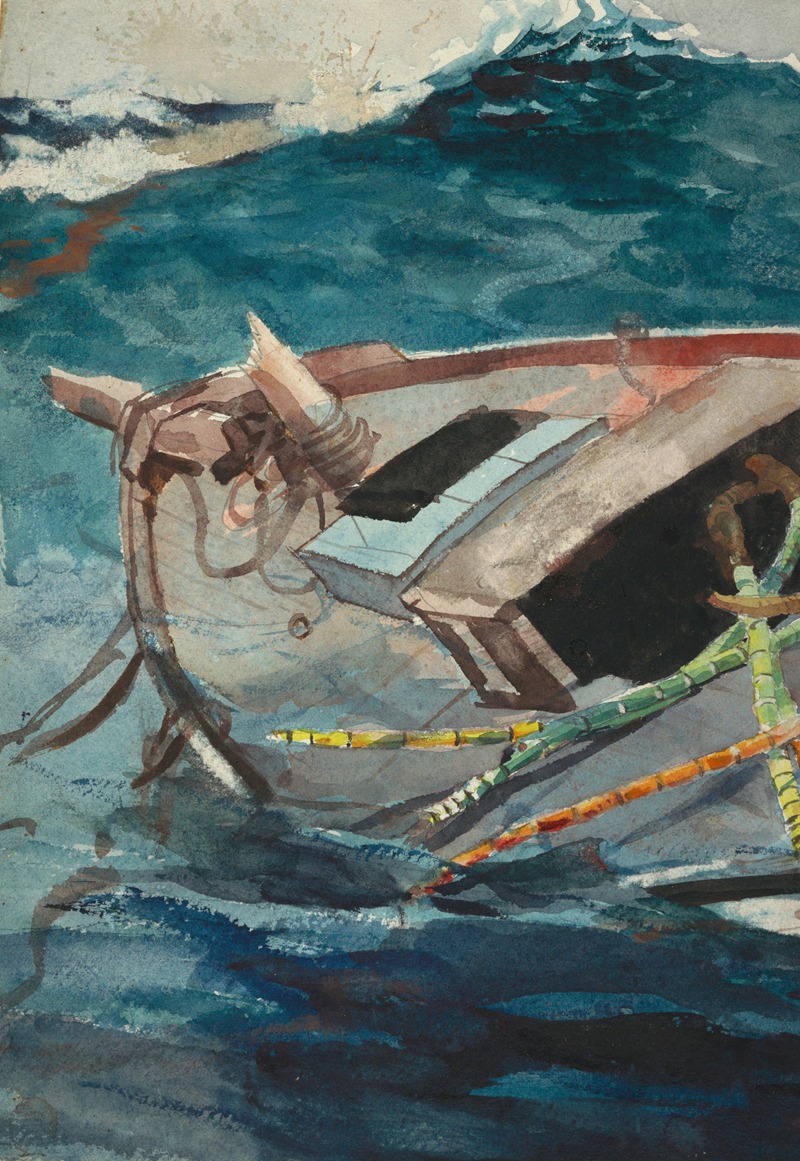
Study For ‘the Gulf Stream’
A hand-painted replica of Winslow Homer’s masterpiece Study For ‘the Gulf Stream’, meticulously crafted by professional artists to capture the true essence of the original. Each piece is created with museum-quality canvas and rare mineral pigments, carefully painted by experienced artists with delicate brushstrokes and rich, layered colors to perfectly recreate the texture of the original artwork. Unlike machine-printed reproductions, this hand-painted version brings the painting to life, infused with the artist’s emotions and skill in every stroke. Whether for personal collection or home decoration, it instantly elevates the artistic atmosphere of any space.
"Study For ‘The Gulf Stream’" is a preparatory work by the renowned American artist Winslow Homer, created in 1899. This study was part of Homer's process in developing his larger and more famous painting, "The Gulf Stream," which he completed in the same year. Winslow Homer is widely regarded as one of the foremost painters in American art history, known for his powerful and evocative depictions of the sea and the human struggle against nature.
The study, like the final painting, captures a dramatic and intense scene set in the turbulent waters of the Gulf Stream, a powerful Atlantic Ocean current. The composition features a lone African American man adrift on a small, damaged fishing boat. The boat is surrounded by ominous waves and several sharks, emphasizing the perilous situation. The man appears calm and resigned, a stark contrast to the chaotic environment around him. This juxtaposition highlights themes of human vulnerability and resilience.
Homer's choice to depict an African American man in such a vulnerable position has been the subject of much analysis. It is important to note that this was a period in American history marked by significant racial tensions and the aftermath of the Civil War. Homer's portrayal can be seen as a commentary on the broader social and racial issues of the time, though he did not explicitly state his intentions.
The study for "The Gulf Stream" is executed with a focus on capturing the dynamic movement of the water and the overall composition of the scene. It showcases Homer's skill in rendering the sea's power and the isolation of the individual within it. The preparatory work allowed Homer to experiment with the arrangement of elements and the emotional tone he wished to convey in the final piece.
"The Gulf Stream" itself, the completed painting, is housed in the Metropolitan Museum of Art in New York City. It is considered one of Homer's masterpieces and a significant work in American art. The study, while less well-known, provides valuable insight into Homer's artistic process and his approach to capturing the essence of the scene he envisioned.
Winslow Homer (1836-1910) had a prolific career that spanned several decades. He began as a commercial illustrator before transitioning to painting. His works often depict maritime subjects, rural life, and the American wilderness. Homer's time spent in places like the coast of Maine, the Caribbean, and Florida greatly influenced his work, providing him with firsthand experience of the sea and its many moods.
In summary, "Study For ‘The Gulf Stream’" is an important piece that offers a glimpse into Winslow Homer's creative process and his ability to convey powerful narratives through his art. The study and the final painting together highlight Homer's mastery in portraying the human condition against the backdrop of nature's vast and often indifferent forces.





